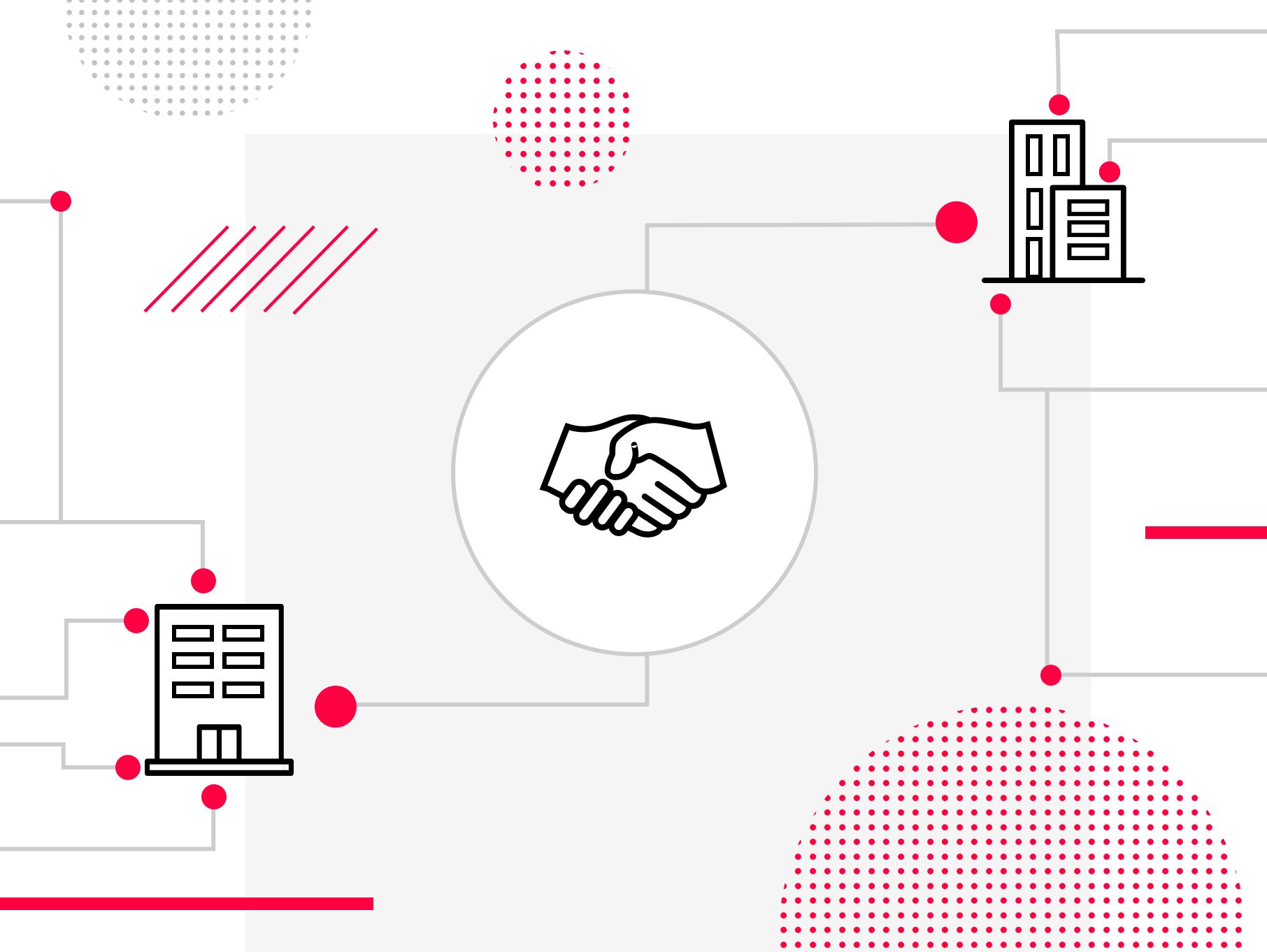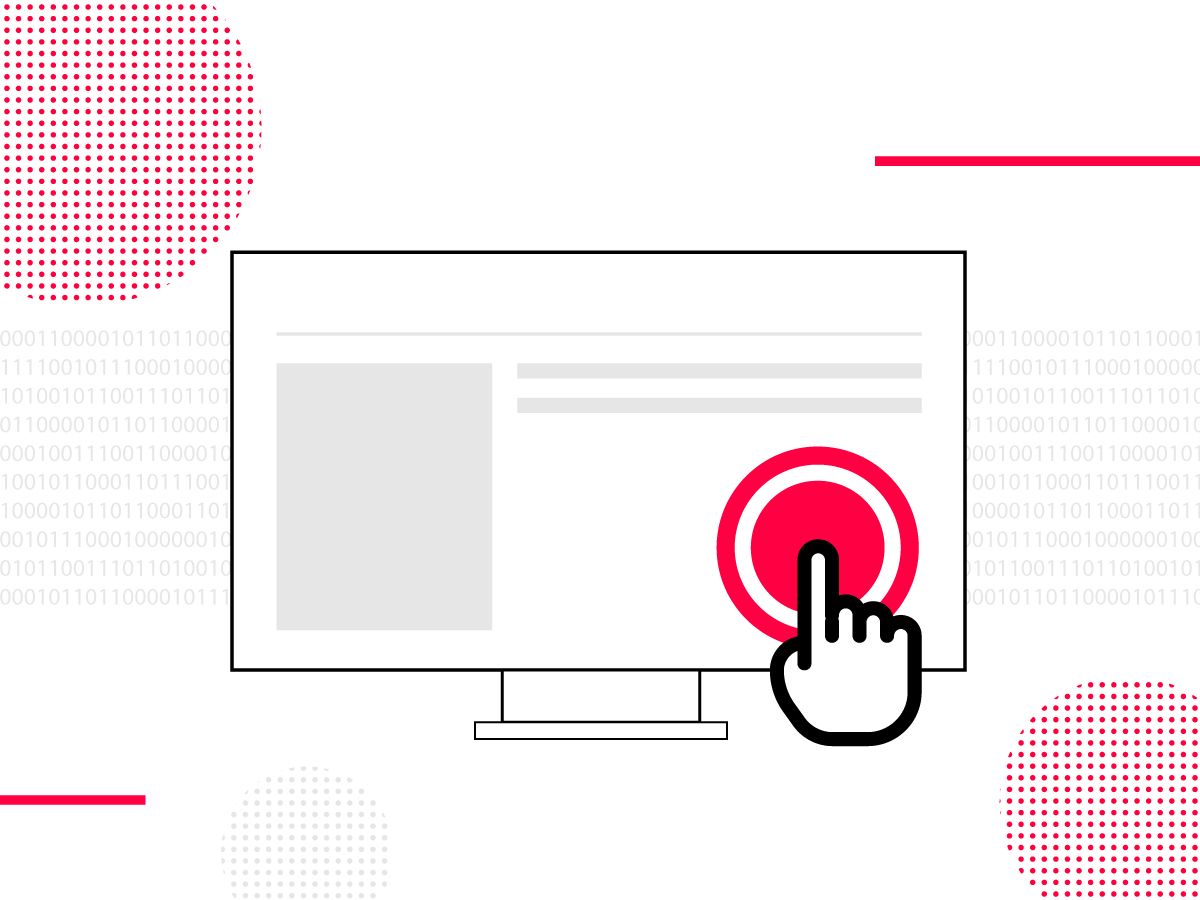1st success factor: customers.

Customer Centricity is the most important key to success.
Traditionally, an inside-out view prevails in B2B business. Companies view digitisation projects from their internal perspective and focus on their products and services rather than their customers. A rethink is needed here. Because the crucial question is not: "How can we reduce our efforts with regard to our customers", but: "How can we help our customers to do business with us more easily?" That is process optimisation – from the customer's perspective.
Business customers want to be treated not only in their role, but as individuals, too. They want to be addressed personally with content that fits them perfectly. They expect convenient, fast processes. But the reality in B2B commerce is often miles away from customer expectations. According to ibi research, the correspondence between the information offered and buyer expectations in the B2B online shops examined is less than 50%. Try to close this gap! To do so, it is important to obtain a 360-degree view of the customers. You can do this by collecting and combining relevant data across all touchpoints of the customer journey across all channels.
To create a seamless customer experience, there are various approaches. For example, navigation and user guidance in a uniform front end and a single central login. Because customers do not care how your company is organised internally. They only want to log in once and not separately on one marketing, sales and service platform each. Nobody wants to be "passed around" between several departments, because the following applies: Only the organisation knows boundaries – not an ideally continuous customer process. Boundaries between marketing and sales processes can be overcome with seamless CRM Sales Process Integration, for example. By combining CPQ (Configure Price Quote) and CRM, you can offer self-service. Customers can then configure complex products themselves online and automatically receive the right offer.


















